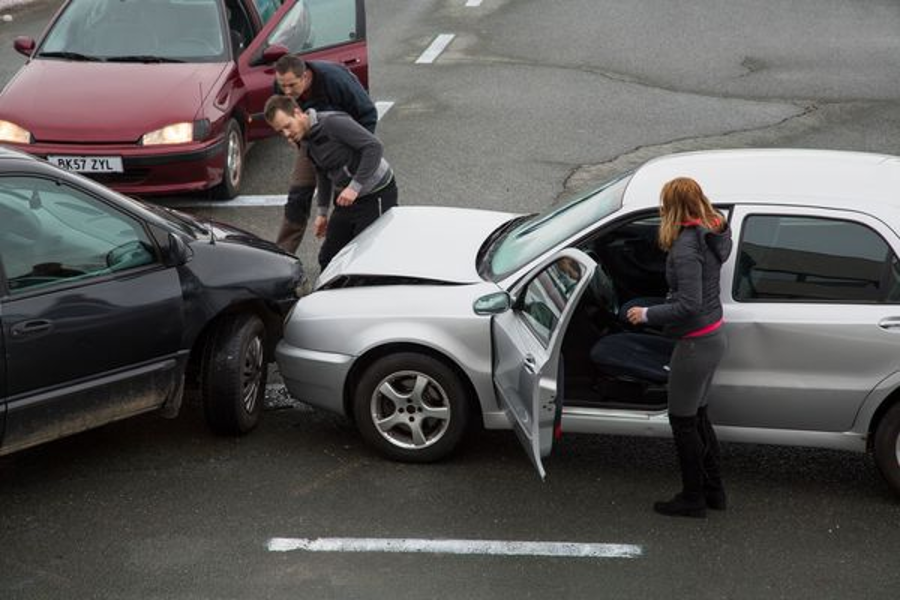Multi-car traffic accidents, those which occur when at least three vehicles collide with each other, usually are a series of rear-end accidents that result from the force of the original collision. Often, these accidents are caused by the negligence of more than one driver. Establishing each driver’s resulting liability in these types of accidents may be more challenging than usual based on the number of participants and other factors.
The Pennsylvania statute found in §3361 of Title 75 is sometimes referred to as the “assured clear distance ahead” rule. It requires that “no person shall drive a vehicle at a speed greater than is reasonable and prudent under the conditions and having regard to the actual and potential hazards then existing, nor at a speed greater than will permit the driver to bring his vehicle to a stop within the assured clear distance ahead.” 75 Pa. C.S.A. § 3361.
It is the neglect of this rule that often leads to multi-car accidents. Like a typical two-car accident where one car rear-ends another, the motorist of the car that crashed into the car in front is usually the one that is at fault.
The scenario for most multiple car accidents is as follows:
- The driver in the first car stops normally for a red traffic light.
- The driver in the second car who is following the driver in the first car fails to stop and collides or rear-ends the driver in the first car.
- The driver in the third car is following the driver in the second car too closely and is unable to stop safely when the driver in the second car suddenly stops as a result of striking the driver in the first car. This collision causes further injury to the driver in the first car.
It may seem that fault in this situation is unequivocal but many issues are raised as to each driver’s contribution to the accident and comparative fault. Pennsylvania apportions damages based on comparative fault or negligence. Pennsylvania follows the doctrine of modified comparative negligence, which means each party is liable in proportion to their percentage of liability.
Pennsylvania and twenty-one other states follow the doctrine of modified comparative negligence, specifically the 51% Bar Rule, under which a damaged party cannot recover if 51% or more at fault, but can recover if 50% or less at fault, with recovery reduced by the plaintiff’s degree of fault. Under the 51% Rule, a plaintiff’s negligence will diminish, but not bar, his recovery, unless he is more negligent than the other defendants. 42 Pa C.S.A. § 7102.
Determining who is responsible for the first accident and the individual injuries and damages resulting from it would need to be investigated separately from the second collision. It would be necessary to specifically determine how much of the first driver’s total damage was caused by driver two, and then repeat the analysis as to driver three.

